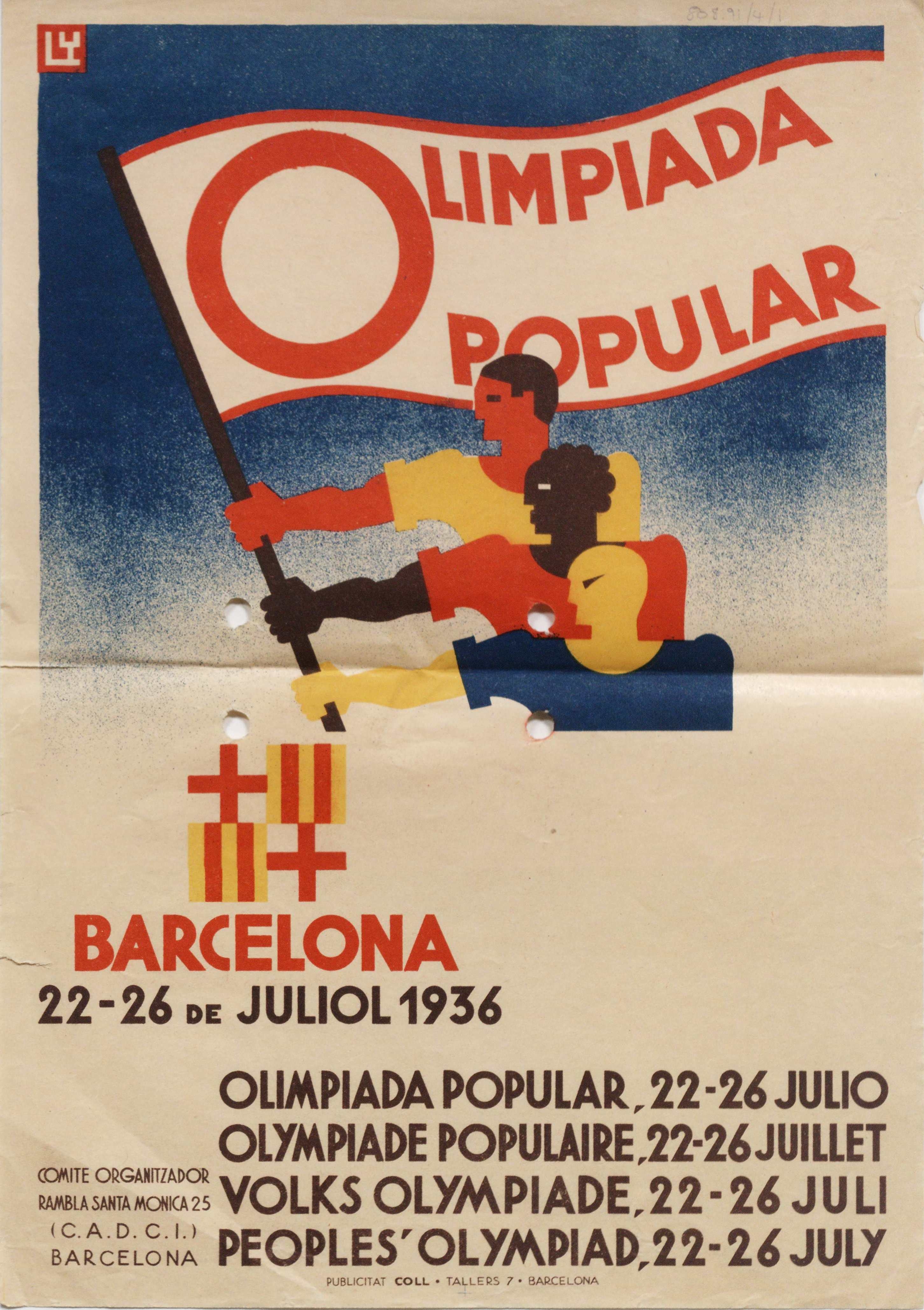Yesterday I visited the Guardian News & Media Archive in London, which is located in the newspaper’s offices. I was there to read clippings from the Spanish Civil War, when the paper was the Manchester Guardian, and Nancy Cunard was sending dispatches from the Pyrenees.
As I walked in, there was a headline on a screen near reception about the nine hour detention of David Miranda, the Guardian reporter Glenn Greenwald’s partner, in Heathrow a few days ago. Then at lunch, I read (in a free copy of the paper I picked up on my way to the canteen) about why an editor and IT employee, under the instructions of the police, destroyed a hard-drive of encrypted files from Edward Snowden in the office’s basement a month prior. It was a different setting to most of the archives I’ve visited.
The first folder of clippings I looked at was from July and August 1936, from the very start of the war. As I read the firsthand accounts of Barcelona in the first days of the war, I was reminded of Muriel Rukeyser’s Savage Coast (published this year by the Feminist Press, and edited by my English program colleague and sometimes conference companion Rowena Kennedy-Epstein). The novel recasts Rukeyser’s own experience of traveling to Spain to report on the People’s Olympiad, when she was delayed on the train ride to Barcelona by the outbreak of war. The novel’s protagonist Helen is similarly delayed. When the train passengers make it to Barcelona, where the games were supposed to take place, Helen finds a bed at a hotel, takes in the transformed city, has a love affair, begins to live, and eventually is evacuated out of the city by ship.

(From the University of Warwick’s online exhibition “Trabajadores: The Spanish Civil War through the eyes of organised labour.”)
The characters in Savage Coast present a range of reactions to the war from the point of view of foreigners in Spain. Some are there as tourists, others to compete in the Games. Some are involved in left politics at home, others are politically conservative. Helen also meets Americans who have been living in Spain, a reporter and a consulate worker.
Rukeyser’s novel captures various levels of enthusiasm, comfort, and fear at the prospect of working class and anarchist ascendancy and the collectivization of the city, and these representations echo in the articles collected in the folder of Spanish Civil War clippings. An article in the Forward (Glasgow), “Spain: Further Exposures of the Fascist Atrocity Propaganda,” published August 29, 1936, decries “The Universe and the Daily Mail are now swopping atrocity stories with each other,” and offered accounts that challenged the veracity of those stories. Another clipping in the folder, from the August 1st Daily Telegraph, contains one such “graphic story of events there” from “a traveller who has to-day come out of Spain, having spent the early days of the Civil War in Barcelona.” While his telling focused on reporting violence toward religious people and destruction of churches, he seemed also put out by the infiltration of the swankiest hotels and clubs by the masses:
The famous Hotel Colon is partly destroyed by gun fire, while the Ritz and the fashionable Equestrian Club have been taken over by working men and women. The windows in the club, formerly reserved for the richest men in Barcelona, are now filled by hordes of workers, shouting to their friends in the street.
The Guardian’s own reporting on Barcelona in the early days of the war was calmer, and more in line with Rukeyser’s novelistic representation. An article on “British Visitors Returning from Spain,” published July 27, 1936, recorded the impressions of tourists and members of the British olympiad contingent:
Men and women who had gone to San Sebastian with parties of the Workers’ Travel Association talked about the lovely town as they came up by the train from Newhaven, delighted to be back in England, but not sorry, it seemed, that they had been in Spain during historic events.
By the same train 63 people returning from Barcelona arrived in London, 47 of them competitors who were to have taken part in the international games at Barcelona, and the rest visitors.
Mr. G. Elvin, leader of the British contingent, said that most of the time it was perfectly safe to go through the workers’ quarters, and he declared that there was absolutely no truth in the story that one man had had a gun forced into his hands. His party stayed at an hotel near where the fighting was taking place. The workers were firing from the roof, the Fascists firing from the church next door, and people tearing up cobbles from the tram-line to build a barricade across the top of the street fifty yards away. The Fascists took refuge in the churches, shooting at people from the belfries. He believed it was for that and not for any anti-religious reason that all the churches in Barcelona except the cathedral were burned. He did not believe the stories about the heads of priests being carried through the streets.
Savage Coast echoes in the archives, contributing a woman’s account of the early days of the antifascist war. The novel merges reportage and poetry, documentary and novel. It was refused publication when Rukeyser tried, and she returned to the manuscript throughout her lifetime. Its publication today brings a crucial revolutionary text into view.
As I imagine the rejected manuscript of Savage Coast sitting in its “miscellaneous” box and the drilled-through hard drive in the basement of the Guardian office, I think about the various factors (institutional permission, critical approval, policing) that can erase something from public view, or prevent it from reaching an archive. It calls for a concept of the archive that accounts for erasure, as much what isn’t there as what is.
Leave a Reply